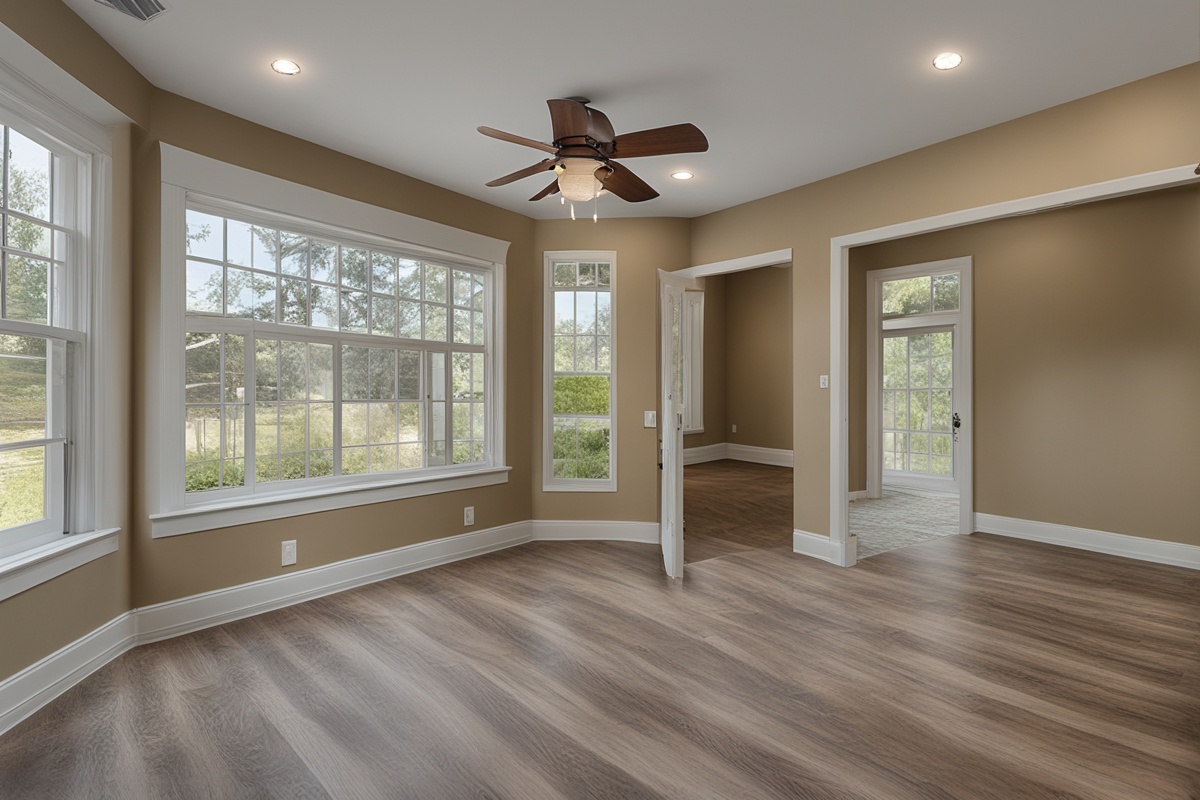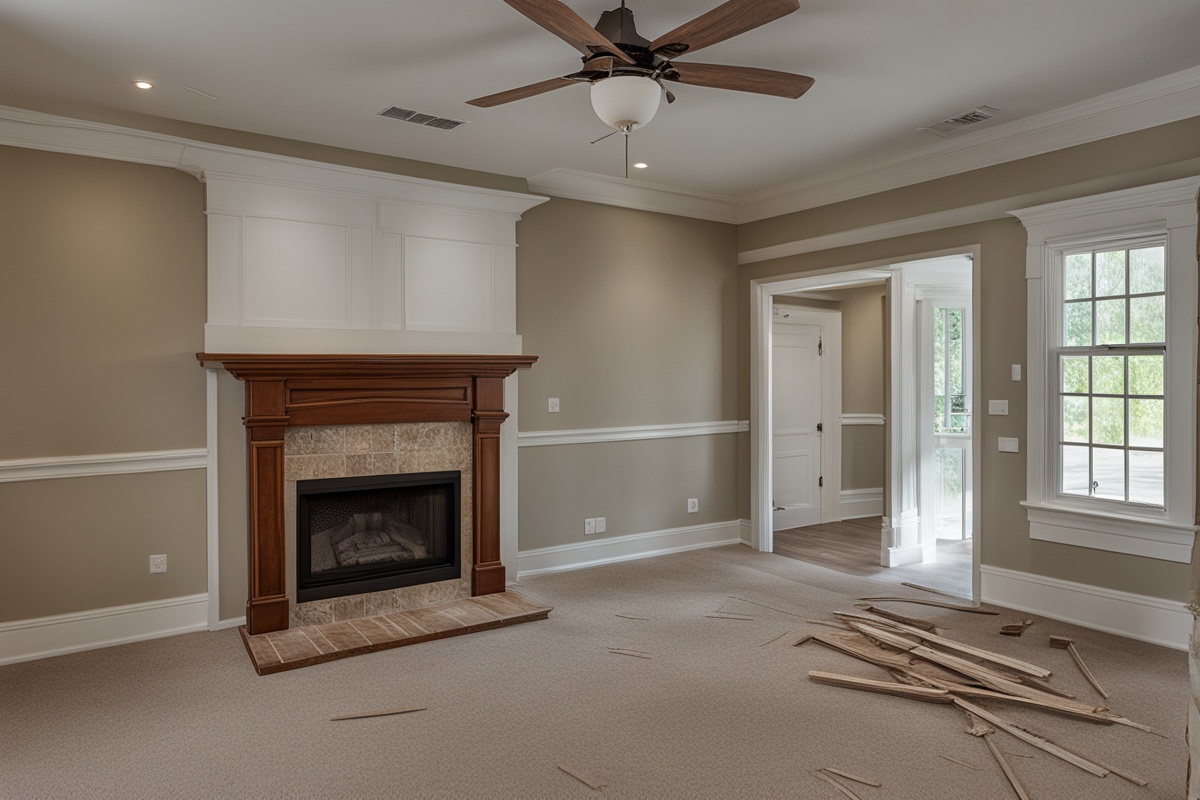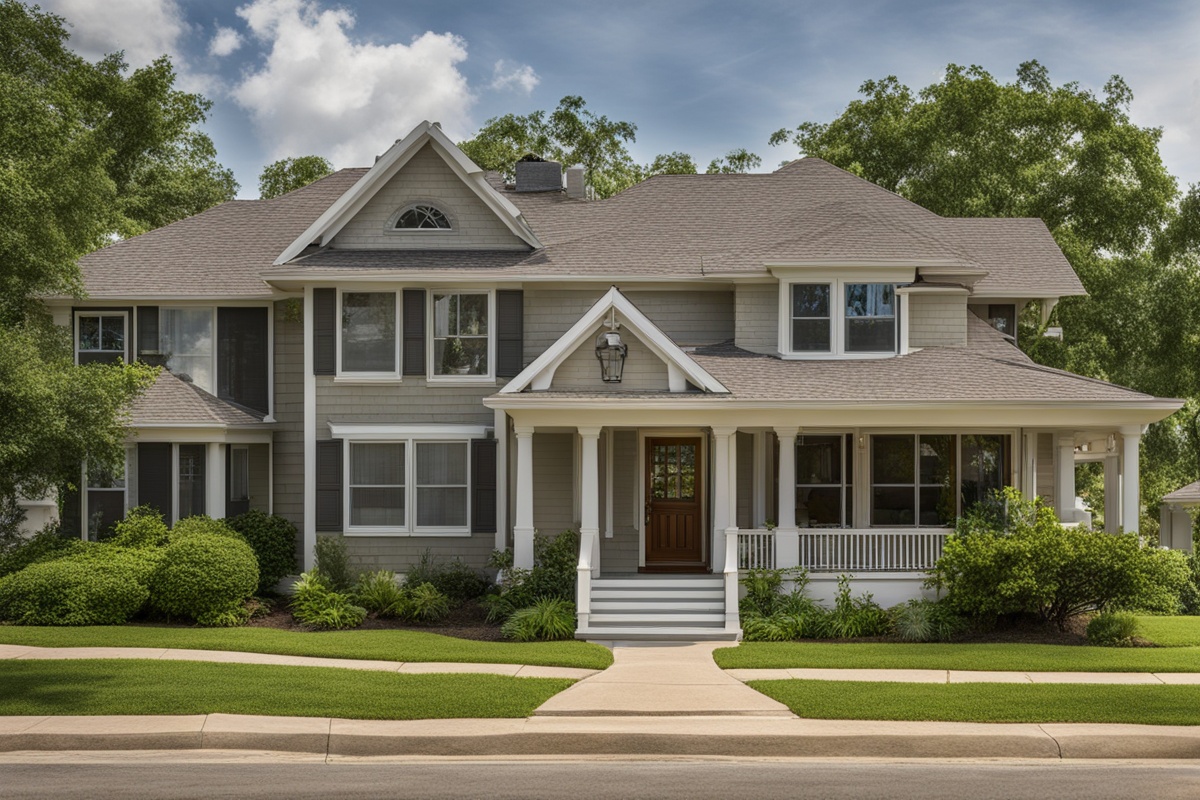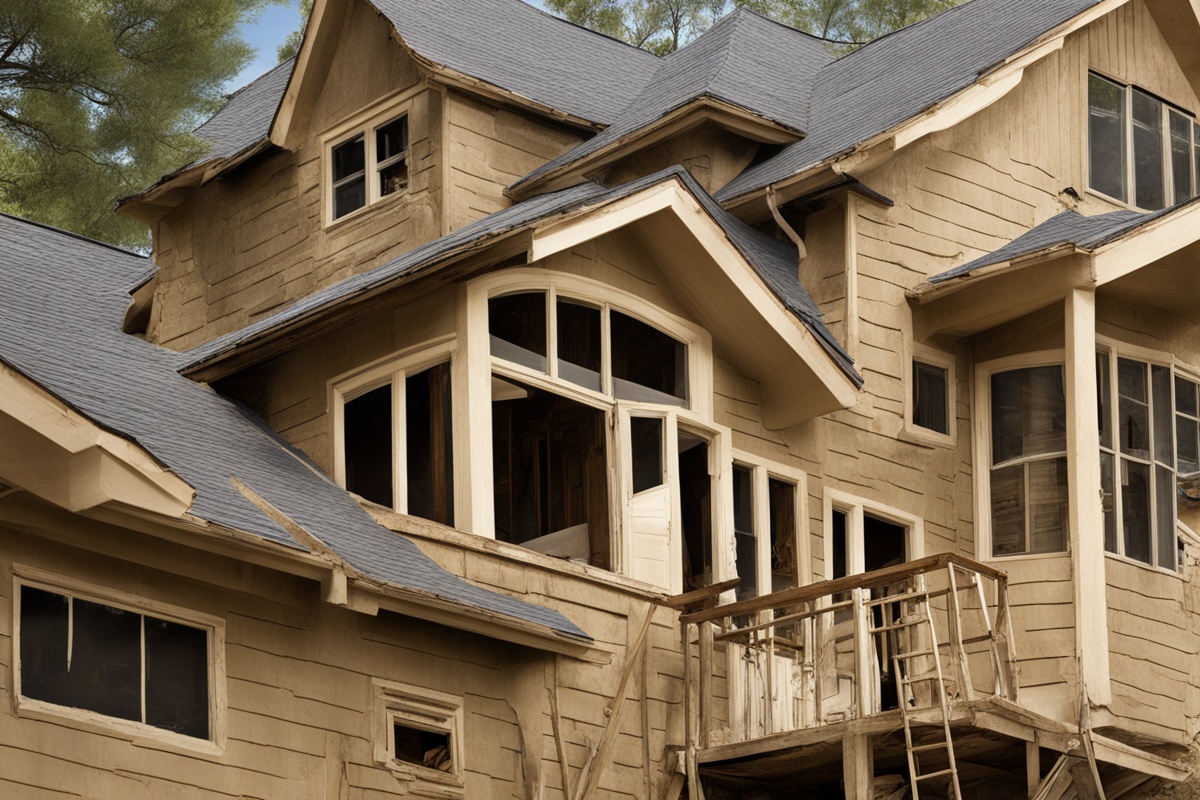Property rehabilitation is a rewarding yet challenging endeavor, especially when it comes to revamping distressed homes successfully. These properties, often neglected or in disrepair, hold immense potential for transformation into beautiful, functional spaces. Whether you’re an investor, contractor, or homeowner, understanding the key steps to rehabilitating distressed homes can lead to significant returns—both financially and emotionally. In this comprehensive guide, we’ll explore proven strategies, practical tips, and essential considerations to ensure your project thrives.
Understanding the Potential of Distressed Homes
Distressed homes are properties that have fallen into disrepair due to neglect, foreclosure, or other financial or personal circumstances of the previous owners. These homes often come with a lower price tag, making them attractive to investors looking to flip properties or homeowners seeking an affordable fixer-upper. However, revamping distressed homes successfully requires a keen eye for potential. Look for properties in up-and-coming neighborhoods where demand is growing, as location can significantly impact the return on investment. Assess structural integrity, zoning laws, and the scope of repairs needed before committing to a purchase. By identifying hidden gems, you set the stage for a profitable rehabilitation project.
Planning Your Rehabilitation Project
Successful rehabilitation starts with a detailed plan. Before swinging a hammer, outline your goals for the property. Are you aiming for a quick flip, a long-term rental, or a personal residence? Your objective will dictate the budget, timeline, and extent of renovations. Create a comprehensive checklist of repairs, prioritizing structural fixes like roofing or plumbing over cosmetic updates. Additionally, secure permits and inspections to avoid legal hiccups down the line. For more insights on planning property renovations, check out our guide on Budgeting for Home Renovations. A well-thought-out plan is the backbone of revamping distressed homes successfully.
Budgeting Wisely for Renovations
One of the biggest pitfalls in property rehabilitation is underestimating costs. To avoid financial strain, build a realistic budget that accounts for both expected and unexpected expenses. Allocate funds for major repairs, such as foundation work or electrical rewiring, and set aside a contingency fund—typically 10-20% of the total budget—for surprises like hidden water damage. Research local material and labor costs to ensure accuracy. If you’re new to budgeting for distressed homes, our post on Cost-Saving Tips for Property Flips offers valuable advice. Staying within budget is crucial for revamping distressed homes successfully and maximizing profit.
Assembling the Right Team
Rehabilitating a distressed home is rarely a solo mission. Assembling a reliable team of professionals can make or break your project. Hire licensed contractors, electricians, and plumbers to handle specialized tasks, and consider consulting with a structural engineer for older properties. If you’re flipping the home, a real estate agent with experience in distressed properties can help you market the finished product. Don’t forget to vet your team thoroughly—check references and past projects to ensure quality. For tips on finding trusted contractors, read our article on Hiring Reliable Renovation Experts. A strong team is essential for revamping distressed homes successfully.
Prioritizing Repairs and Upgrades
Not all renovations are created equal. When revamping distressed homes successfully, focus on repairs that add the most value. Start with safety and structural issues—think leaky roofs, faulty wiring, or cracked foundations. Once the home is safe and stable, shift to upgrades that boost curb appeal and functionality, such as modern kitchens or updated bathrooms. Avoid over-improving for the neighborhood; a luxury finish in a modest area may not yield a good return. For a deeper dive into prioritizing home improvements, explore our resource on Top Renovations for Maximum ROI. Strategic upgrades can transform a distressed property into a market-ready gem.
Marketing the Revamped Property
Once the rehabilitation is complete, the final step in revamping distressed homes successfully is presenting the property to potential buyers or renters. Stage the home to highlight its best features, using neutral decor to appeal to a broad audience. High-quality photos and virtual tours can attract more interest, especially in today’s digital-first real estate market. Work with a real estate agent to price the property competitively based on local comps. If you’re renting, emphasize the home’s modern updates in listings. For additional marketing strategies, see our guide on Selling Renovated Properties Fast. Effective marketing ensures your hard work pays off.
Disclaimer: The information provided in this article is for general informational purposes only and should not be construed as professional, financial, or legal advice. Property rehabilitation involves significant risks, including financial loss and unforeseen challenges. Always consult with qualified professionals, such as contractors, real estate agents, or financial advisors, before undertaking any renovation project. The author and publisher are not responsible for any decisions or actions taken based on the content of this post.
References
- Realtor.com – What Is a Distressed Property?
- Investopedia – Buying a Foreclosed Home
- HGTV – How to Budget for a Home Renovation
- Forbes – How to Flip a House Successfully
- Angi – How to Find a Good Contractor
This content is for informational purposes only and not a substitute for professional advice.





